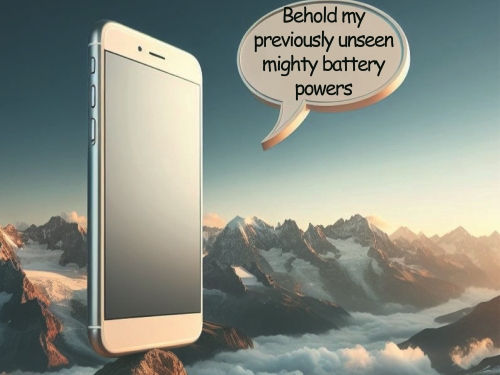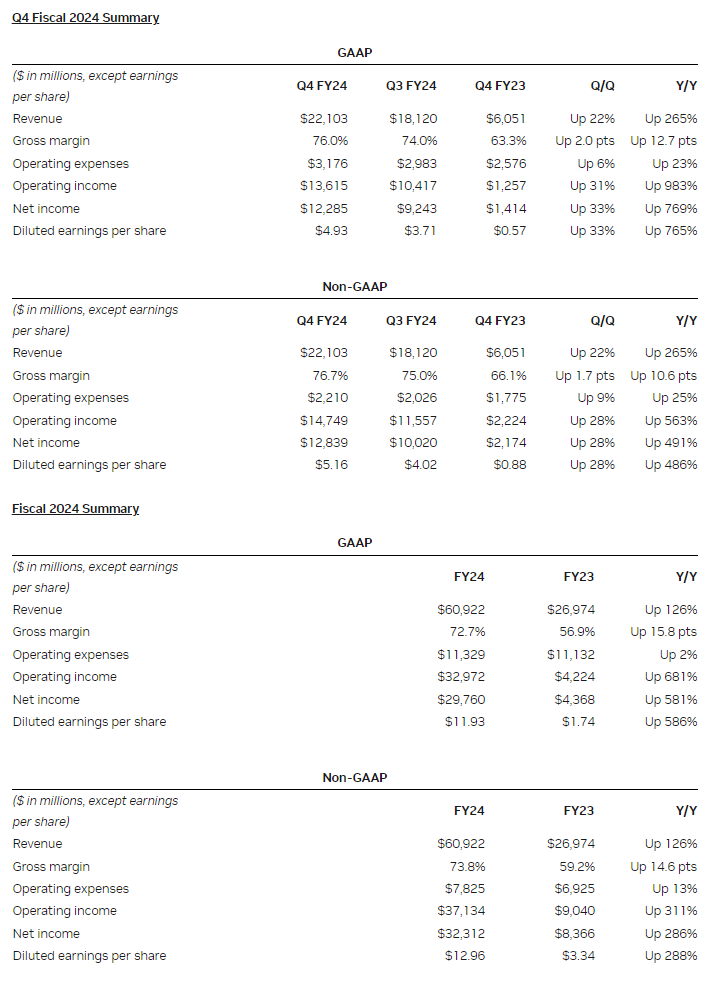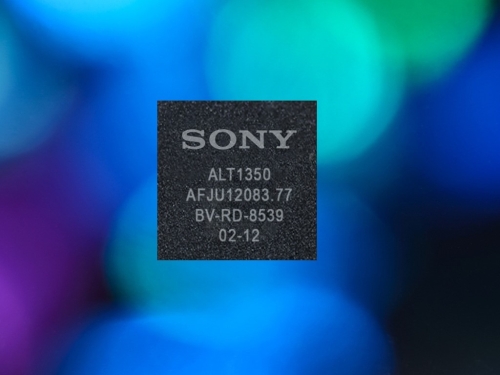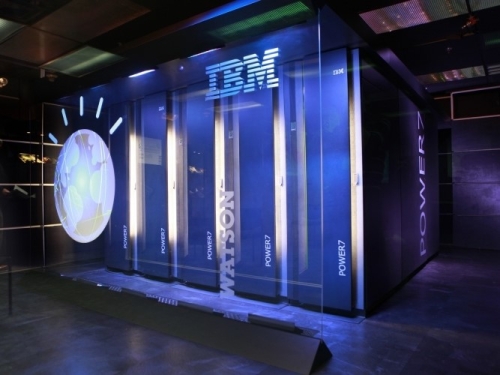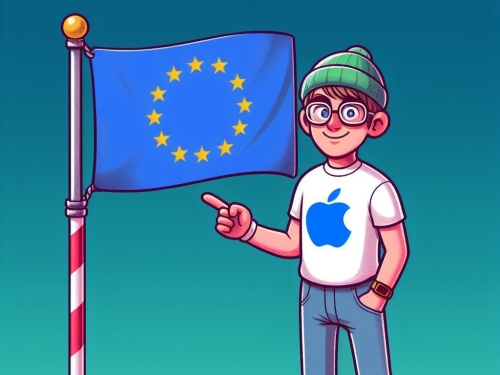AMD's big Zen 5 gamble

Two sizes
The dark satanic rumour mill has spat out a yarn which claims AMD is using 3nm for its low-power Zen 5c and 4nm for standard Zen 5 CPUs.
AMD launched its Zen 4 architecture in September of 2022 on TSMC's 5nm process. This was an upgrade from the TSMC 7nm process it used for Zen 3.
Now that Zen 5 is waiting in the wings for a late 2024 launch, there's speculation as to whether the company will use TSMC's newest 3nm node or stick with 4nm like it's doing with some of its newest Zen 4 chips. According to a new report citing sources in China, the company will use both nodes for Zen 5, which is now set to go into high-volume production in Q3 of this year.
The Chinese site UDN published an article detailing AMD's plans for TSMC's fabs this year, stating that Zen 5 will start production in the second quarter and then move to a high-volume ramp in the third quarter.
The report's most juicy bit is that UDN states AMD has picked TSMC 3nm for its leading Zen 5 architecture, codenamed Nirvana. However, several sites, including Igor's Lab, say UDN is talking rubbish, as Zen 5 will be made on TSMC 4nm. Instead, the company's low-power Zen 5c cores, codenamed Prometheus, will be the only 3nm parts for AMD's next-gen CPUs. These smaller cores will go into some of the company's Epyc CPUs, where core density is critical. Intel is planning similar Xeon E-core CPUs to battle AMD on this front.
This report goes against previous estimates that Zen 5 was already being made at TSMC, with a launch coming mid-year. AMD is keeping mum about Zen 5 so far, but it's a vital architecture for the company as it hopes to cash in on the rise of AI across its three product lines, including server, desktop, and mobile.
Its "Granite Ridge" desktop chips are expected to be made on TSMC's 4nm node, whereas AMD's mobile CPUs and desktop APUs already use a 4nm process. The whole point of the Chinese-based UDN's reporting seems to be to state that TSMC is going to be very busy this year filling orders for AMD, though there's no mention of Nvidia (or Intel), which will also be placing orders for 3nm products.
For now, the next big show where these things are teased is Computex in May, so maybe we'll find out more in a few months. It would be a let-down for AMD not to move to 3nm for its desktop Zen 5 CPUs, as 4nm is just an "evolution" of the 5nm process it used for Zen 4, but as always, what matters is performance and efficiency.
We already know AMD is sticking with a 16-core, €157 part for its flagship desktop CPU, but it will surely add its Ryzen AI hardware to compete with Intel's Arrow Lake CPUs this time.

